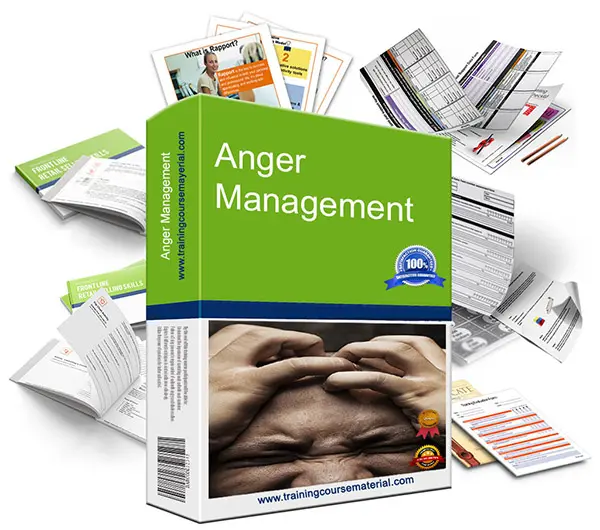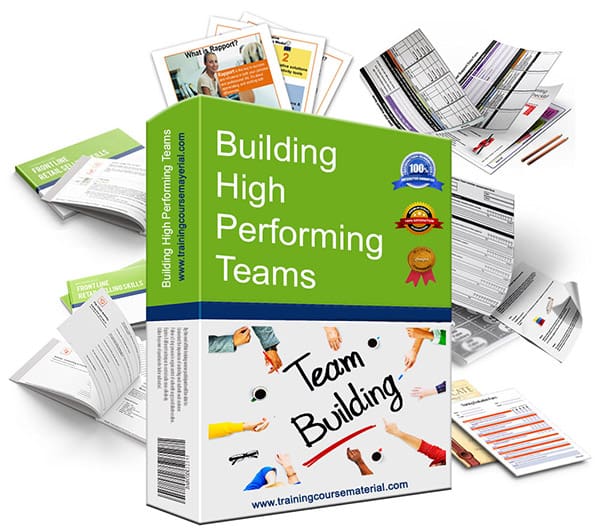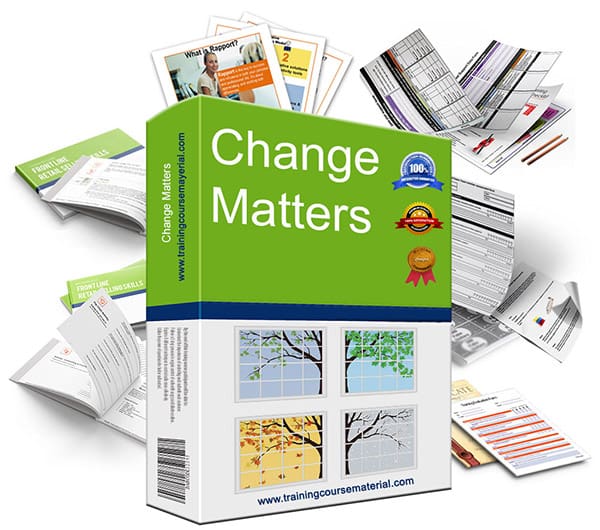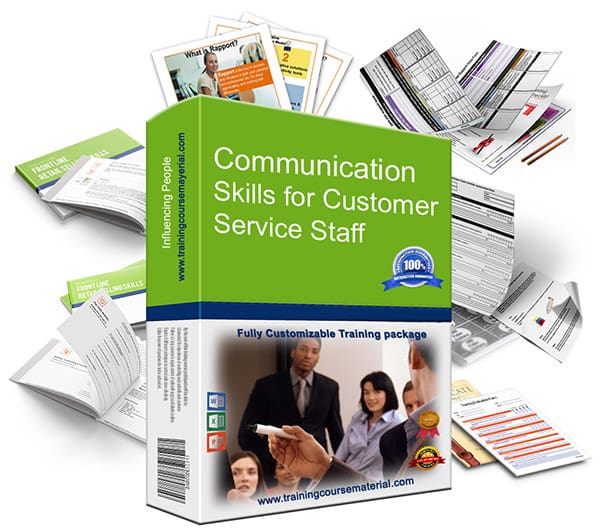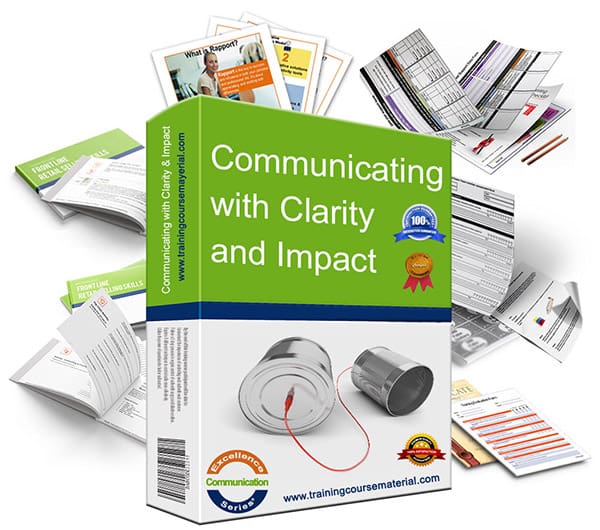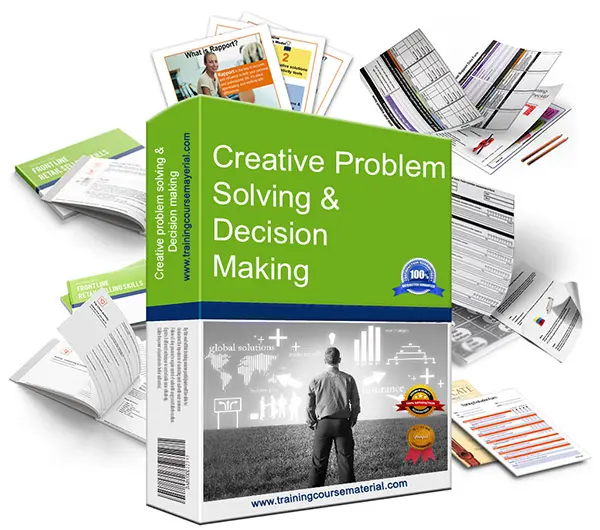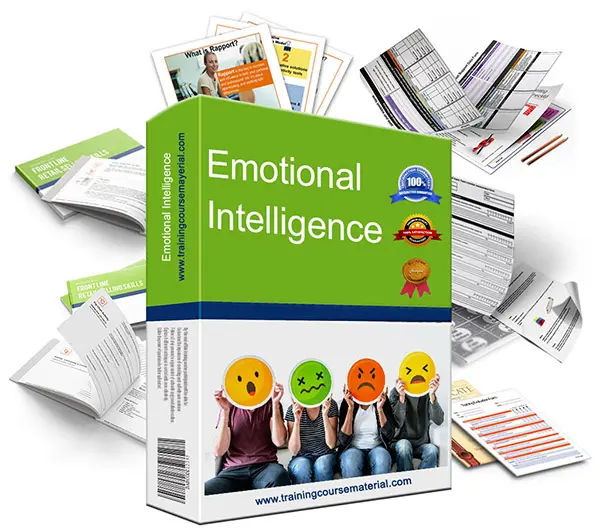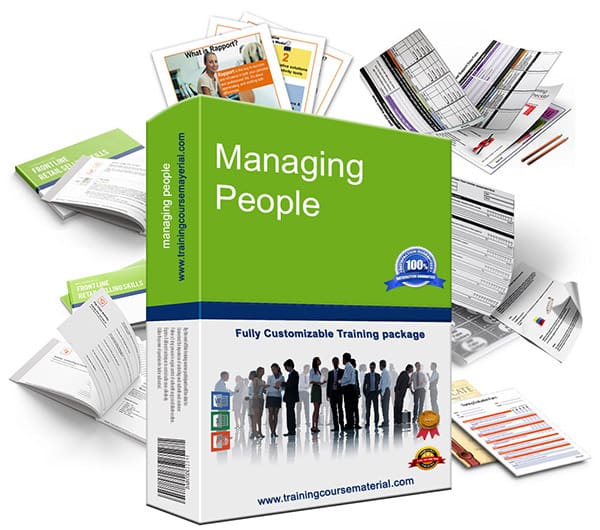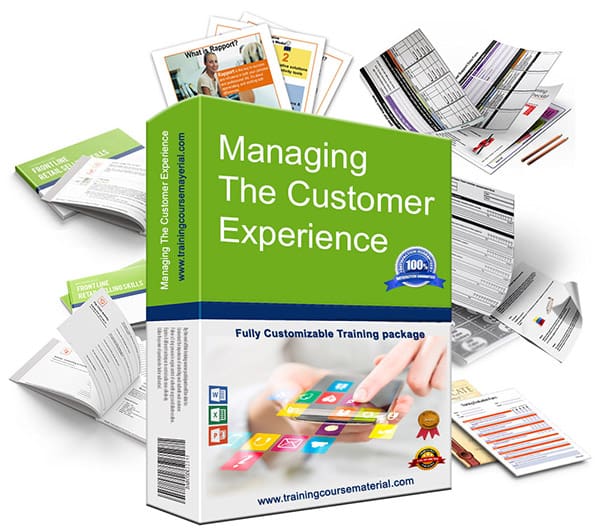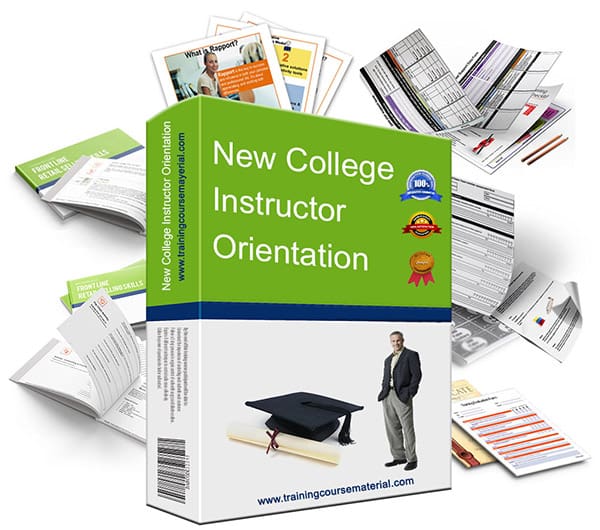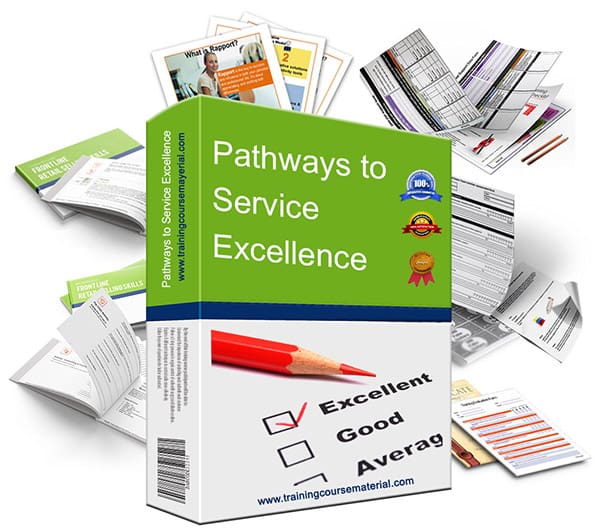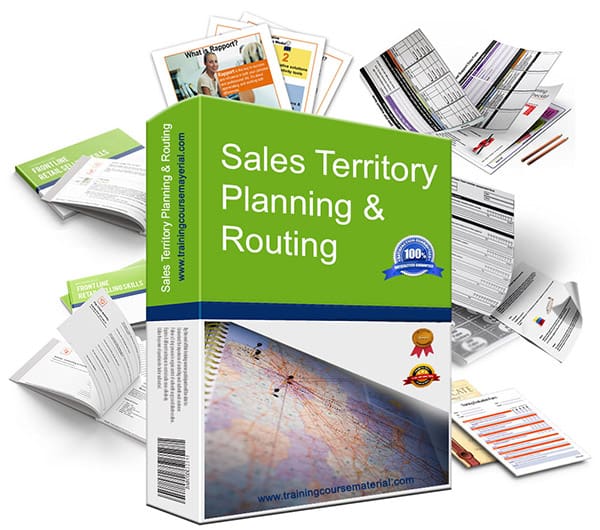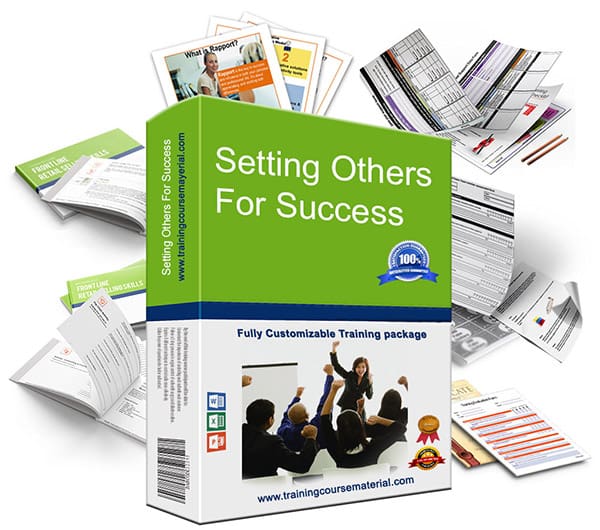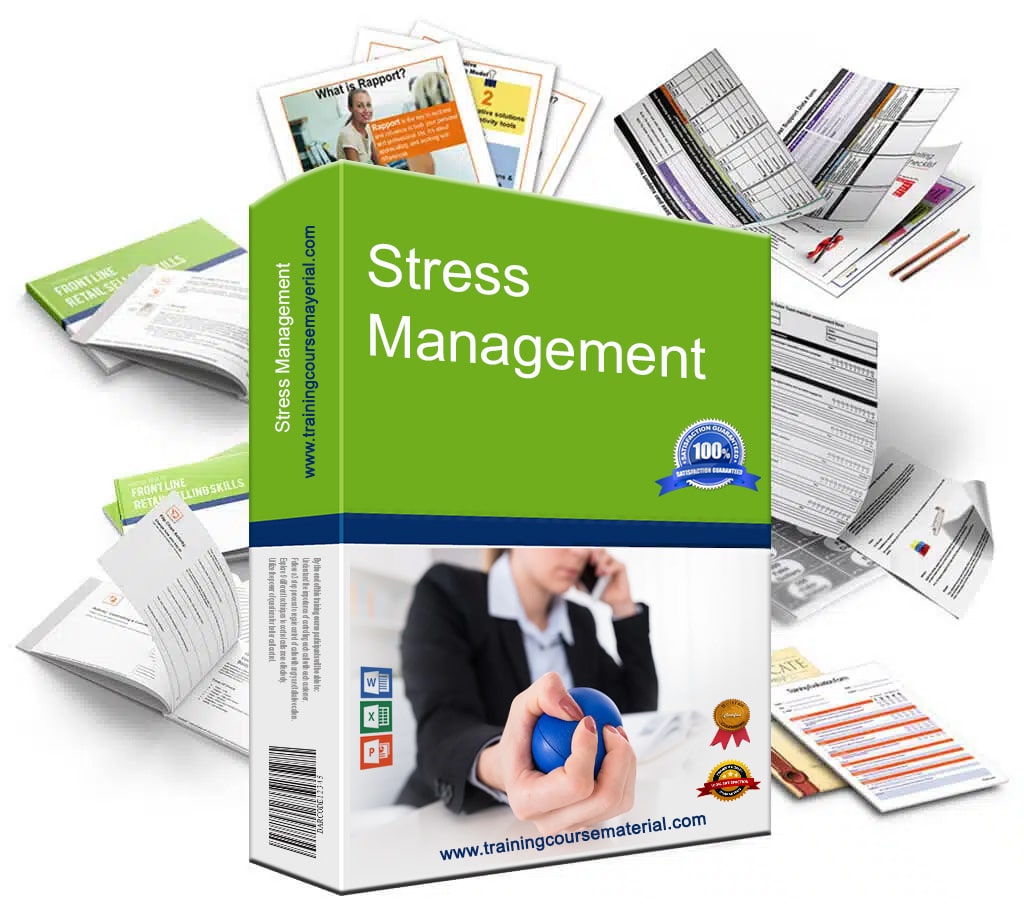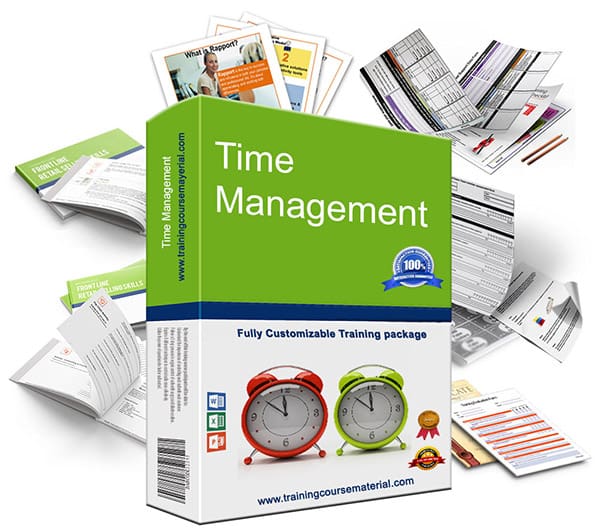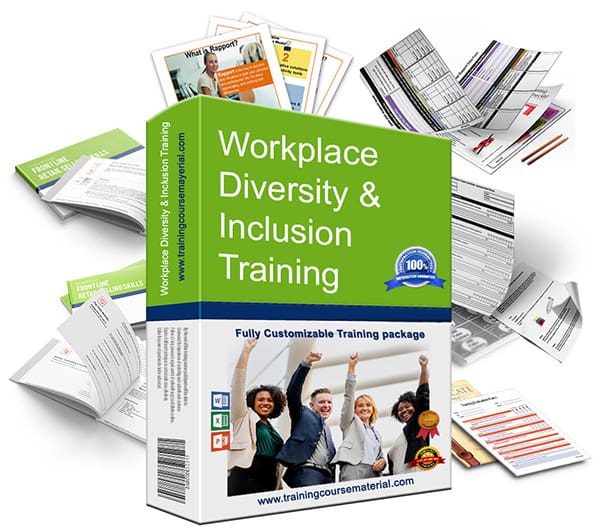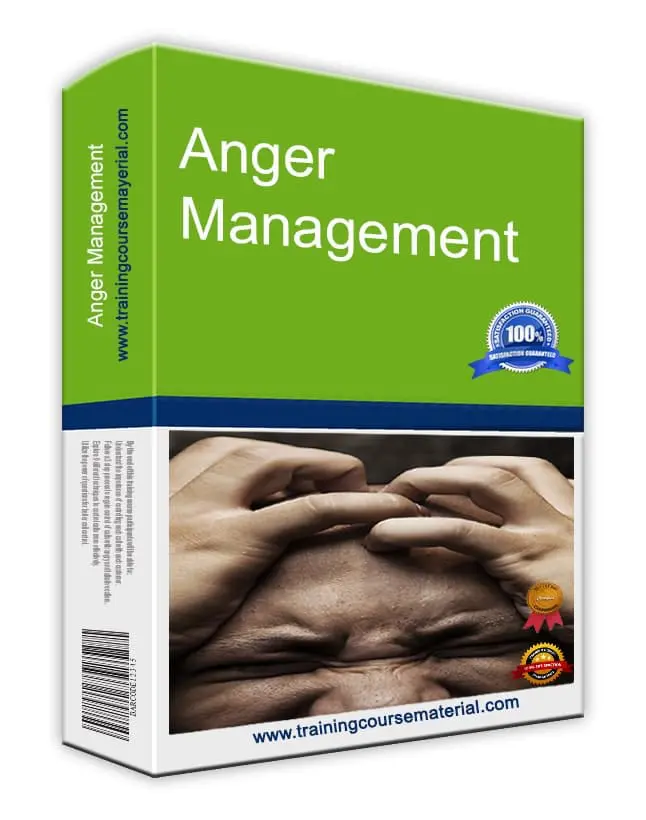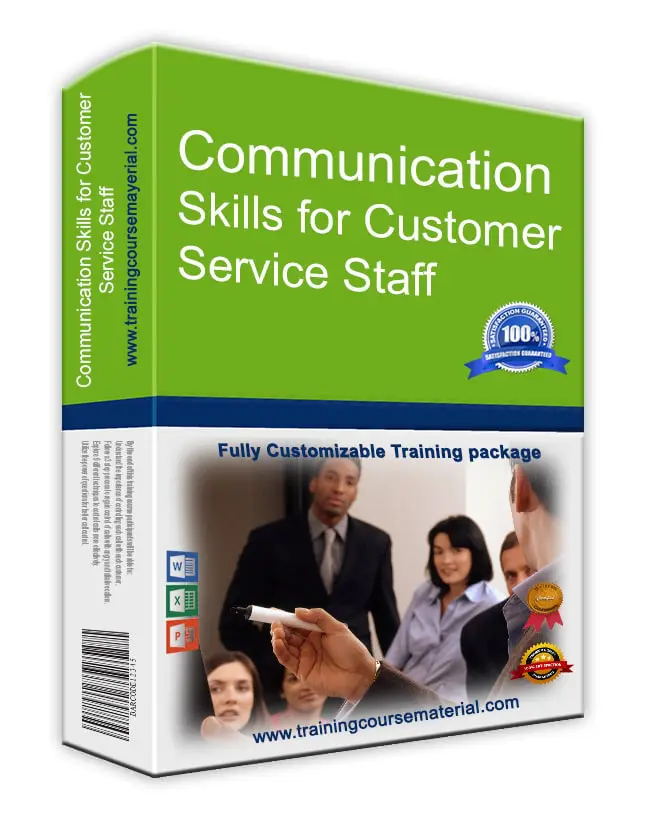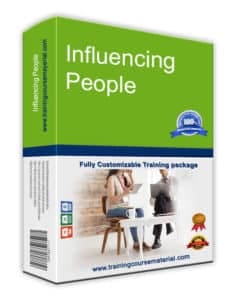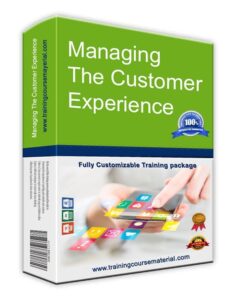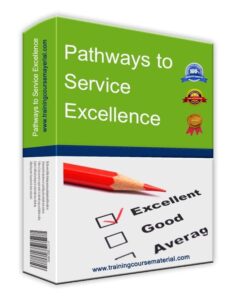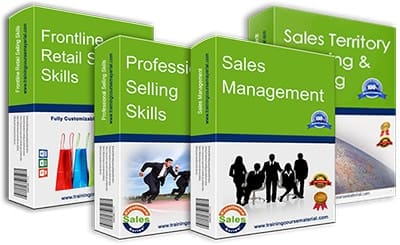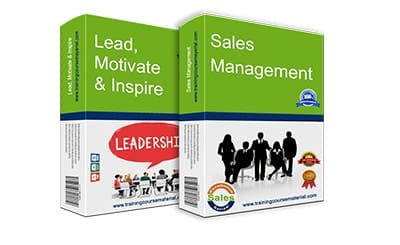Teamwork is the lifeblood of every successful organisation. When employees collaborate effectively, productivity soars, creativity flourishes, and goals are not just met but exceeded. However, when team dynamics go wrong, it creates rifts, halts progress, and can even lead to high turnover rates.
According to a Gallup study, 70% of team variability in engagement can be attributed directly to the manager. For managers, understanding the science behind team dynamics is crucial to fostering a culture of effective collaboration. This blog dives into the research, principles, and actionable insights to help you build stronger, high-performing teams.
The Science of Team Dynamics
What is Team Dynamics?
Team dynamics refer to the psychological and interpersonal forces that influence how a group of individuals works together. Positive dynamics can lead to better communication, innovation, and problem-solving, while negative dynamics can cause conflicts, inefficiency, and even team dysfunction.
Examples of Team Dynamics
- Positive dynamic: A marketing team where members openly share ideas, ask questions without fear of judgement, and celebrate successes together.
- Negative dynamic: A product design team experiencing power struggles, with individuals withholding valuable information due to trust issues.
Key Factors Influencing Team Dynamics
Communication Styles
The way team members exchange information – whether it’s concise and transparent or vague and disorganised – plays a critical role in team performance.
Group Size and Structure
Smaller, well-structured teams tend to perform better as they minimise miscommunication and foster closer relationships.
Psychological Safety
Google’s Project Aristotle found that psychological safety – where team members feel safe taking risks and sharing ideas – is the most important factor in team success.
Roles and Diversity
Clear roles reduce ambiguity, while diversity introduces fresh perspectives, often leading to more innovative solutions.
Common Challenges in Team Collaboration
Even the best teams face obstacles. Here are three common challenges, along with actionable solutions:
- Miscommunication and Information Silos
Solution: Regularly review communication tools and practices to ensure everyone stays aligned. Create shared documents and dashboards for transparency.
- Conflicts Due to Differing Personalities or Goals
Solution: Invest in workshops on conflict resolution and communication to improve understanding and empathy among team members.
- Lack of Trust and Accountability
Solution: Encourage shared goals and use performance tracking tools to make responsibilities clear and measurable.
Tips for Better Collaboration Backed by Research
1. Foster Psychological Safety
Encourage open communication by creating an environment where team members feel safe discussing new ideas or raising concerns. Research from Harvard Business School highlights that teams with high psychological safety outperform their peers.
2. Define Clear Roles and Responsibilities
Using frameworks like a RACI (Responsible, Accountable, Consulted, and Informed) chart ensures everyone knows their duties and who to approach for advice or decisions.
3. Promote Inclusive Leadership
An MIT study found that inclusive leaders foster 29% higher collaboration rates. Actively solicit ideas from everyone and ensure quieter team members have opportunities to contribute.
4. Leverage Technology for Team Communication
Use tools like Slack for real-time communication, Trello for task management, and collaborative platforms such as Miro to keep everyone on the same page.
5. Upskilling Through Educational Courses
Workshops on emotional intelligence, conflict resolution, and collaborative tools can significantly enhance team capabilities. Encourage team members to attend training programmes tailored to their roles.
The Role of Emotional Intelligence in Team Dynamics
Why Emotional Intelligence Matters
High emotional intelligence (EQ) among team members – and managers in particular – results in more effective communication, better conflict resolution, and higher morale. Teams led by managers with strong EQ are more cohesive and likely to deliver outstanding results.
How to Build EQ in Teams
- Self-Awareness Exercises
Encourage journaling or mindfulness practices to help team members understand their emotions.
- Feedback Sessions
Regularly provide constructive feedback and encourage teams to do the same among peers.
- Coaching and Mentorship
Offer personal development sessions tailored to enhancing EQ.
Creating a Long-Term Culture of Collaboration
Continuous Learning
Establish a culture where learning never stops. Invest in ongoing team training programmes and encourage team members to upskill regularly in areas such as communication and conflict resolution.
Reward and Recognise Team Success
Celebrate teamwork with awards or even small gestures of appreciation. Recognition fosters motivation and encourages further collaboration.
Regular Team Health Check-Ins
Conduct surveys or use tools like Culture Amp to assess team dynamics and morale, creating opportunities to resolve potential issues before they escalate.
Case Study Examples of Teams That Got It Right
- Pixar
Known for its “Braintrust” meetings, Pixar fosters a feedback-driven culture where teams are encouraged to challenge ideas constructively. This has led to a string of successful films that continue to break records.
- IDEO
This global design company thrives on diverse, cross-functional teams working together seamlessly. Their open and collaborative culture promotes inclusive leadership and psychological safety.
Managers can learn from these examples by allowing team members to have a voice during decision-making and creating an atmosphere of mutual respect and shared responsibility.
The Path to Better Collaboration
Understanding team dynamics isn’t just a good-to-have skill; it’s a necessity for managers looking to drive real change in their organisations. From fostering psychological safety to implementing cutting-edge communication tools, building effective team collaboration requires ongoing effort, empathy, and adaptability.
Now’s the time to assess your team’s health and take proactive steps to enhance collaboration. Investing in workshops and educational courses focused on emotional intelligence, communication, and conflict resolution can be a game-changer for your team’s performance.
Transform the way your team works – start by fostering collaboration, building trust, and creating an environment where everyone can thrive. Need help getting started? Explore more on educational courses for teams and see the difference it can make.


